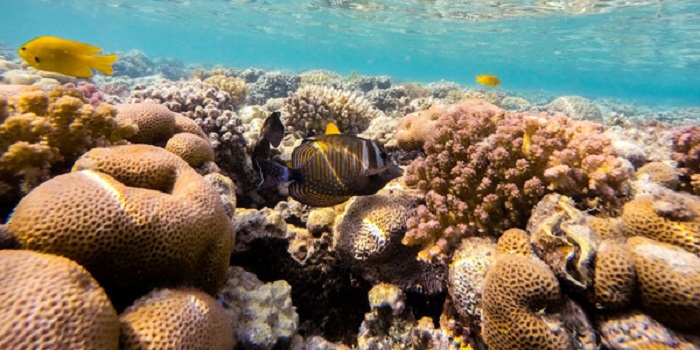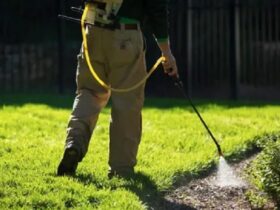Beneath the waves, amidst coral reefs and deep-sea caverns, reside some of the ocean’s most ancient and enigmatic inhabitants: sea sponges. These unassuming creatures, belonging to the phylum Porifera, are far more than mere fixtures on the seafloor. With their unique feeding mechanisms, surprising modes of movement, and fascinating reproductive strategies, sea sponges are vital components of marine ecosystems, harboring secrets that continue to intrigue scientists and ocean lovers alike.
Ancient Architects: The Basics of Sea Sponges
Sponges in sea are among the oldest known multicellular organisms, with a lineage stretching back over 600 million years. Their simple body plan lacks true tissues and organs, consisting instead of an assemblage of specialized cells. The hallmark of a sponge is its porous structure, featuring numerous tiny openings called ostia and larger exit pores known as oscula.
How They Feed: Nature’s Filter Feeders
One of the most remarkable features of sea sponges is their feeding method. Sponges are filter feeders, relying on a continuous flow of water through their bodies to obtain nutrients. Water enters through the ostia, driven by the beating of flagella on choanocytes, specialized cells lining the sponge’s internal chambers. As water flows through these chambers, the choanocytes trap and ingest tiny food particles such as plankton, bacteria, and organic detritus.
This feeding process is not only essential for the sponge’s survival but also benefits the surrounding ecosystem. By filtering large volumes of water, sponges help maintain water clarity and quality, playing a crucial role in the health of coral reefs and other marine habitats.
Secrets Without Eyes: Environmental Sensitivity
Despite lacking eyes, a nervous system, or a brain, sea sponges exhibit remarkable sensitivity to their environment. Researchers have found that sponges can respond to various stimuli, including changes in light, temperature, and chemical signals. This sensitivity is thought to be mediated by a network of specialized cells and chemical signaling pathways, allowing sponges to adapt to their surroundings effectively.
Movement: A Slow Dance on the Seafloor
While sponges are generally considered sessile organisms, meaning they are anchored in place, they are not entirely immobile. Some sponges exhibit slow, creeping movements across the seafloor. This movement is achieved through the gradual reorganization of cells, allowing the sponge to relocate in response to environmental changes or to optimize feeding conditions.
Additionally, sponge larvae are free-swimming, propelled by tiny cilia. This mobility during the larval stage enables sponges to disperse and colonize new areas before settling down and transforming into their adult, sessile form.
Reproduction: A Dual Strategy
Sea sponges employ both sexual and asexual reproduction, ensuring their persistence and adaptability in diverse environments. Asexual reproduction often occurs through budding or fragmentation. In budding, a new sponge grows directly from the parent sponge sea and eventually detaches. Fragmentation involves pieces of the sponge breaking off and developing into new individuals, a process that highlights their remarkable regenerative abilities.
Sexual reproduction in sponges is equally fascinating. Sponges are often hermaphroditic, meaning they possess both male and female reproductive organs. They release sperm into the water column, which is then taken in by other sponges through their filter-feeding system. Fertilization occurs internally, and the resulting larvae are released into the water, where they swim freely before settling and maturing into adult sponges.
The Diversity of Sea Sponges: A Spectrum of Forms
Sea sponges exhibit an incredible diversity of forms, colors, and sizes, with over 8,000 known species inhabiting a wide range of marine environments. Some of the major classes include:
Calcareous Sponges (Class Calcarea): Characterized by their calcium carbonate skeletons, these sponges are typically small and found in shallow waters.
Glass Sponges (Class Hexactinellida): Known for their intricate silica-based skeletons, glass sponges are often found in deep-sea habitats and are noted for their delicate, glass-like structures.
Demosponges (Class Demospongiae): The largest class, making up over 90% of all sponge species. Demosponges have skeletons composed of spongin fibers and silica spicules and are highly diverse, inhabiting a variety of marine and freshwater environments.
The Underwater Marvels
Ocean sponges, with their ancient lineage and unique biology, continue to captivate and inspire. Their vital ecological roles, complex life cycles, and intriguing behaviors underscore their significance in marine ecosystems. As we explore the depths of the oceans, sea sponges remind us of the intricate and interconnected web of life that thrives beneath the surface. Their silent presence and the secrets they hold are a testament to the wonders of the natural world, inviting us to look closer and appreciate the beauty and complexity of life in the sea.









Leave a Reply
View Comments